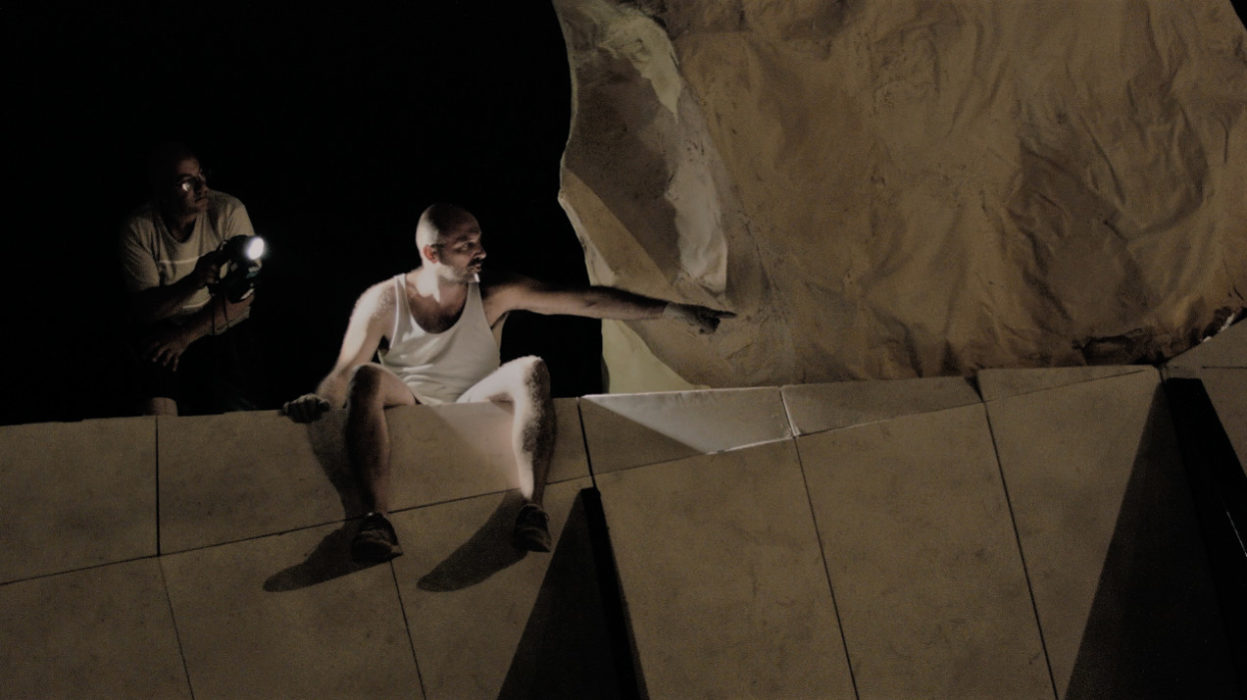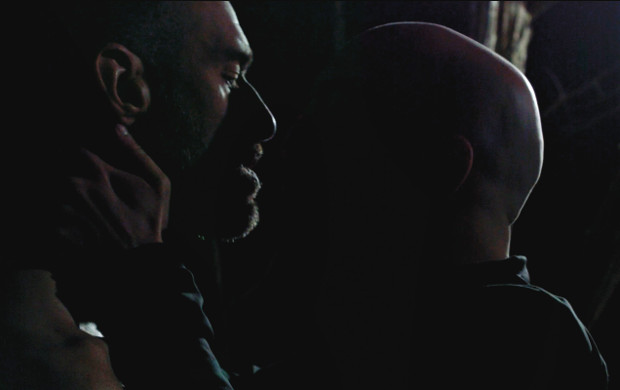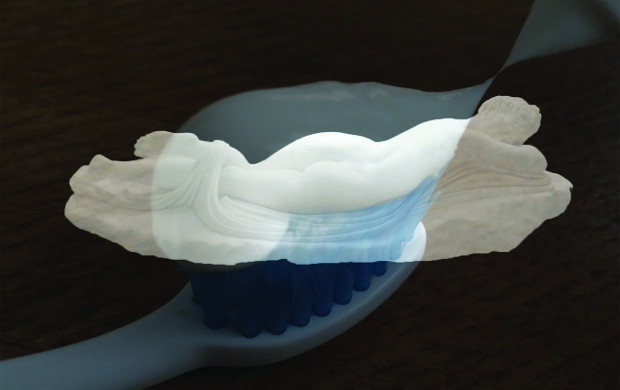Foedora
In May 2016, a new museum dedicated to Palestinian history and culture opened in Ramallah. Inaugurated with no exhibition, the museum remained empty for several months until a first exhibition devoted to Jerusalem was organised. The film takes place over this transition period, during the construction of a dream city, in sharp contrast with a political reality that makes the future prospects for a Palestinian State increasingly hypothetical.
Retracing the lengthy process involving the institution’s management, the artists, curators, technical staff, and security teams from the first preparations to the 2017 vernissage, Fedora follows the installation of the inaugural exhibition at the Palestinian Bir Zeit museum, situated 12 kilometres from Ramallah. But as we suspect, reality is more complicated than this brief presentation would suggest. Firstly, because nothing is less simple or less certain in an occupied territory than the existence of such an institution. Secondly, because this event replaces a first inaugural exhibition that never materialised. Judith Abensour’s splendid idea, and the reason why she takes her title from one of Italo Calvino’s famous invisible cities, was to invent a voice that remembers the exhibition that never was, whilst another exhibition covers it over little by little. A voice that also dreams it up, as a touch of poetic licence enters the narrative it creates. What interests Abensour is not the institution’s in-house arrangements, but the unreality of the past. Abensour refrains from awarding points between the story that the organisers of the first exhibition wanted to tell and the story that the new director, Mamoud Hawari, wants to highlight today. She simply ensures that the disagreements are comprehensible. But when the voice begins to sing, we understand that the subtle unreality of the film is the fruit of a poetic question that has been operating throughout. A question of language, fashion and time, perhaps specific to what a Palestinian narrative could be: the hypothetical future of the past that shapes the age of an open present, internalising the several aborted futures that might have come about.Antoine Thirion
Acqua alta, Poteau d’angle
Mathias Sabourdin
Ameen Nayfeh, Samuel Mittelman
Thomas Bauer
Benoît Delbecq et Kamilya Jubran





